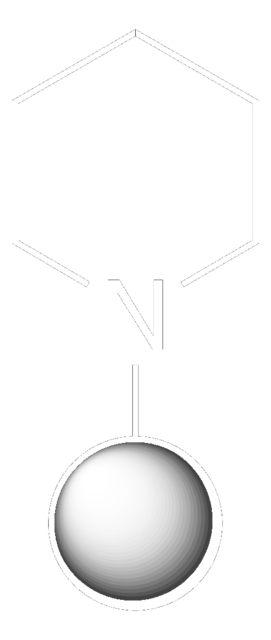62320
(±)-α-Lipoic acid
≥98.0%
Synonym(s):
(±)-1,2-Dithiolane-3-pentanoic acid, 6,8-Dithiooctanoic acid, DL-α-Lipoic acid, DL-6,8-Thioctic acid, Lip(S2)
About This Item
Recommended Products
assay
≥98.0% (HPLC)
≥98.0%
form
solid
ign. residue
≤0.1%
loss
≤0.2% loss on drying
mp
60-62 °C
storage temp.
2-8°C
SMILES string
OC(=O)CCCCC1CCSS1
InChI
1S/C8H14O2S2/c9-8(10)4-2-1-3-7-5-6-11-12-7/h7H,1-6H2,(H,9,10)
InChI key
AGBQKNBQESQNJD-UHFFFAOYSA-N
Gene Information
human ... ACHE(43) , BCHE(590)
rat ... Adra1a(29412) , Adra1b(24173) , Adra1d(29413)
Looking for similar products? Visit Product Comparison Guide
Related Categories
General description
This product is a racemic mixture.
Application
- In in vitro lipoylation studies and in the pyruvate dehydrogenase complex (PDC)-pyruvate dehydrogenase kinase (PDHK) functional assay.
- To investigate its antioxidative effect on developing cerebellum of rats exposed to arsenic during postnatal period.
Biochem/physiol Actions
signalword
Warning
hcodes
Hazard Classifications
Acute Tox. 4 Oral - Aquatic Chronic 2 - Eye Irrit. 2 - Skin Irrit. 2 - Skin Sens. 1
Storage Class
11 - Combustible Solids
wgk_germany
WGK 2
flash_point_f
Not applicable
flash_point_c
Not applicable
ppe
dust mask type N95 (US), Eyeshields, Gloves
Certificates of Analysis (COA)
Search for Certificates of Analysis (COA) by entering the products Lot/Batch Number. Lot and Batch Numbers can be found on a product’s label following the words ‘Lot’ or ‘Batch’.
Already Own This Product?
Find documentation for the products that you have recently purchased in the Document Library.
Customers Also Viewed
Articles
Antioxidants protect biological systems from oxidative damage produced by oxygen-containing free radicals and from redoxactive transition metal ions such as iron, copper, and cadmium.
Our team of scientists has experience in all areas of research including Life Science, Material Science, Chemical Synthesis, Chromatography, Analytical and many others.
Contact Technical Service

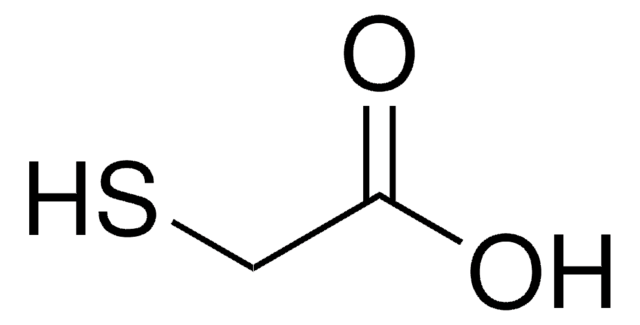
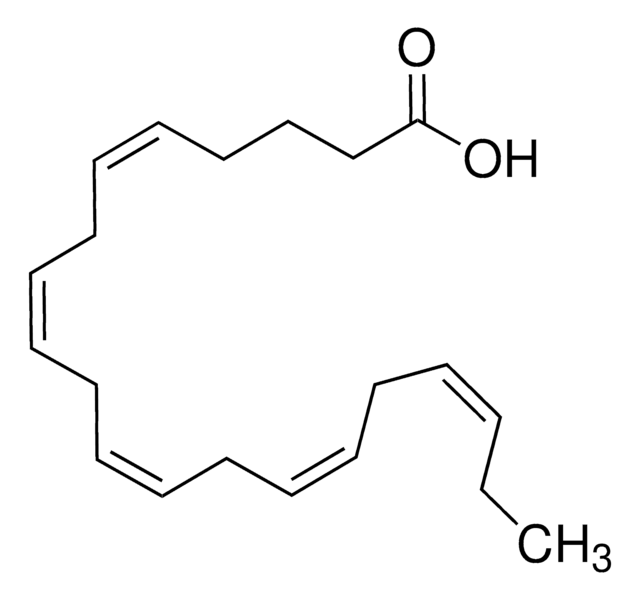

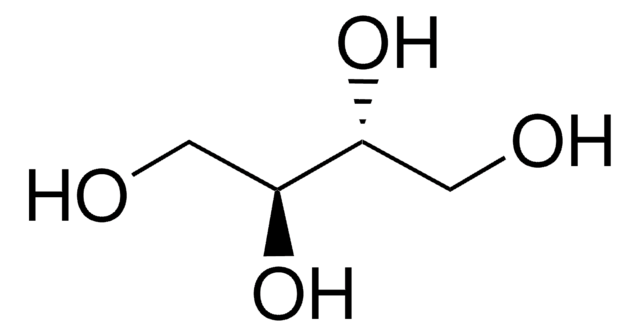
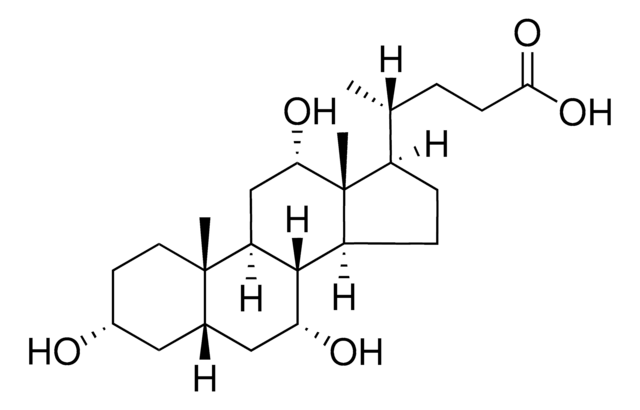


![([(4-Oxo-3,5,6,7-tetrahydro-4H-cyclopenta[4,5]thieno[2,3-d]pyrimidin-2-yl)methyl]thio)acetic acid AldrichCPR](/deepweb/assets/sigmaaldrich/product/structures/269/313/373b401b-16e3-4ee5-8417-8e00a5316baa/640/373b401b-16e3-4ee5-8417-8e00a5316baa.png)
